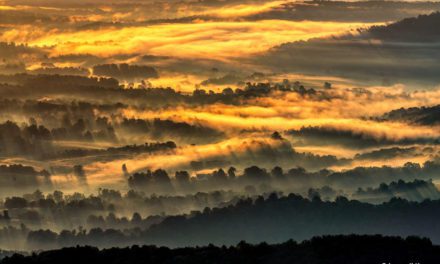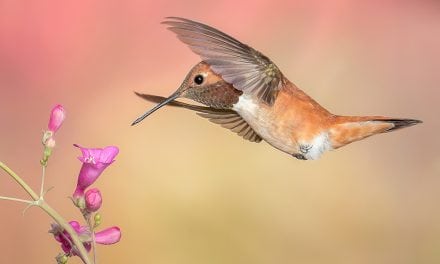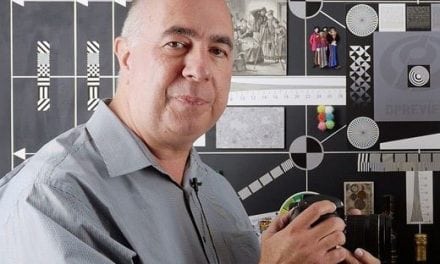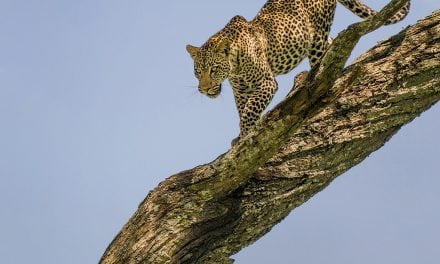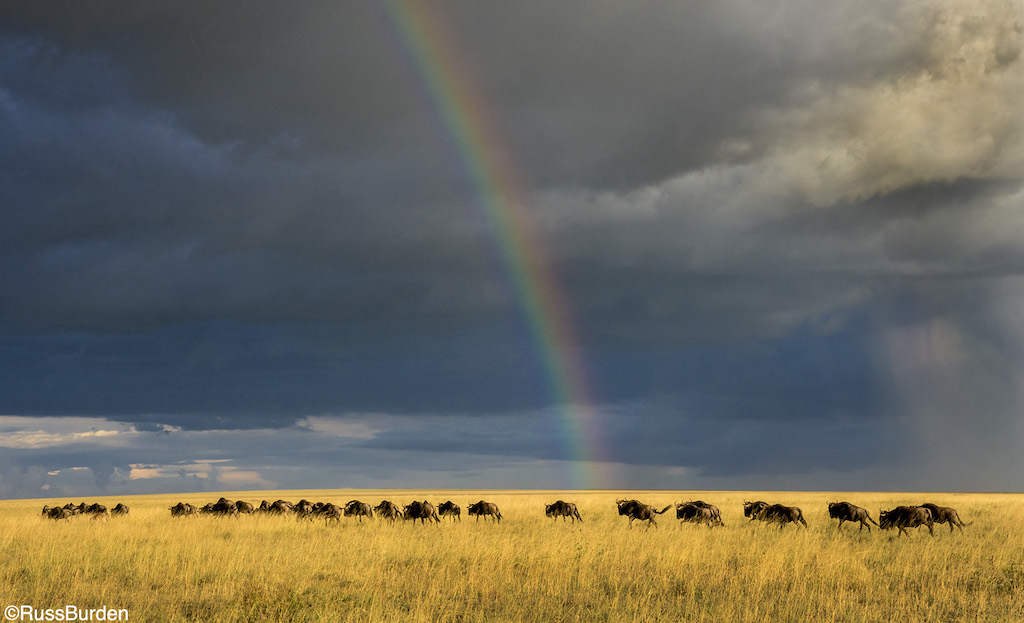
If the letters, V. H. W. and T. are running through your head right now, that’s a good thing. It will help each time you go into the field and make photos. So, what do V. H. W. and T. even mean? What does it have to do with photography? I adamantly proclaim it will help make you a better photographer. I emphatically state if you adopt the principle of these four camera shots, you won’t come home regretting you overlooked a composition. I hope you’re trying to figure out what each word stands for. There’s a theme and relationship to all four letters. I do reveal what each represents in the next paragraph. Give it one more go before you read ahead. Kudos to you if you correctly decipher them. Zero disappointment if you don’t. The disappointment will come if you don’t adopt the principle they represent. Read on to satisfy your curiosity.
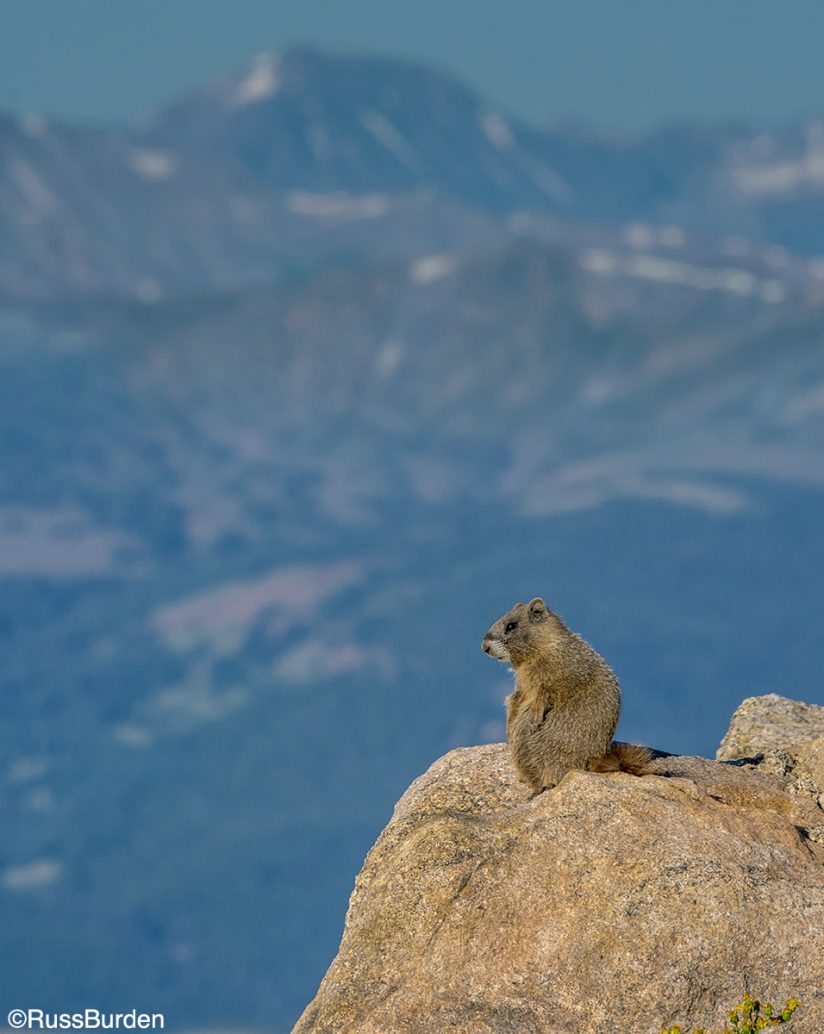
H. W. and T. stand for Vertical, Horizontal, Wide and Tight camera shots. Memorize these letters and think about them each time you head into the field. The primary factor that encouraged me to adopt these four letters was derived from the fact I’d get frustrated each time I came back from a shoot and realized it would have been a better photo if I went vertical, horizontal, wider or tighter. Another factor that cemented the concept was when I went out with a good photo friend and we’d look at each other’s LCDs. He keyed into wide shots while all I did was make tight portraits and I liked many of his photos more. It evolved into one of my favorite expressions I’ve mentioned in various other tips of the week—“Exhaust All Possibilities.” Each letter of V. H. W. and T. coincides with specific compositional concepts. Become familiar with each to solidify the fact it will be beneficial to adopt the V. H. W. and T. guideline.
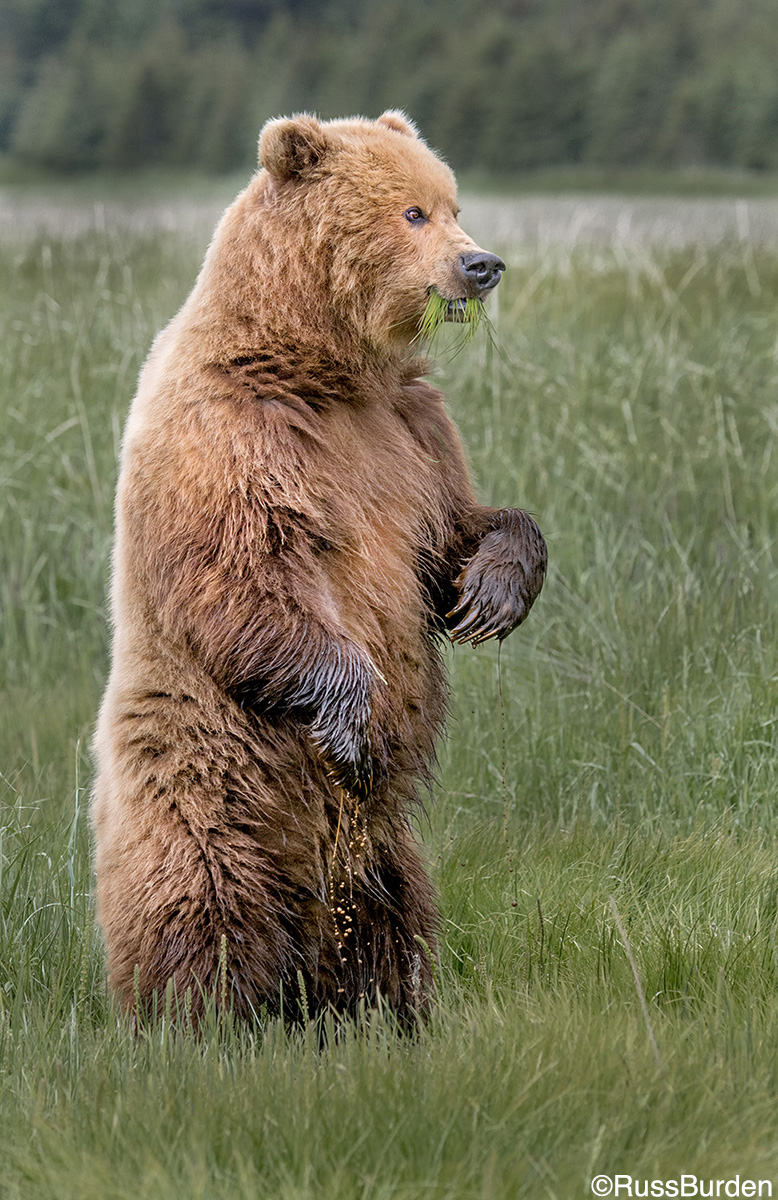
Vertical Camera Shots
Vertical compositions imply dominance, strength, virility and power. Think back to when you were told to sit up in your chair or stand up tall. The psychological reasoning behind those words is being upright commands more respect as opposed to when you slouch. The bigger and taller you appear, the more power you command. Think about skyscrapers in big cities. They’re the tall buildings that all “look up to” both literally and figuratively. When you want to convey power and dominance in your subjects, move in close and make verticals. Be sure to not crop off important portions or you’ll diminish the purpose of orienting them vertically.
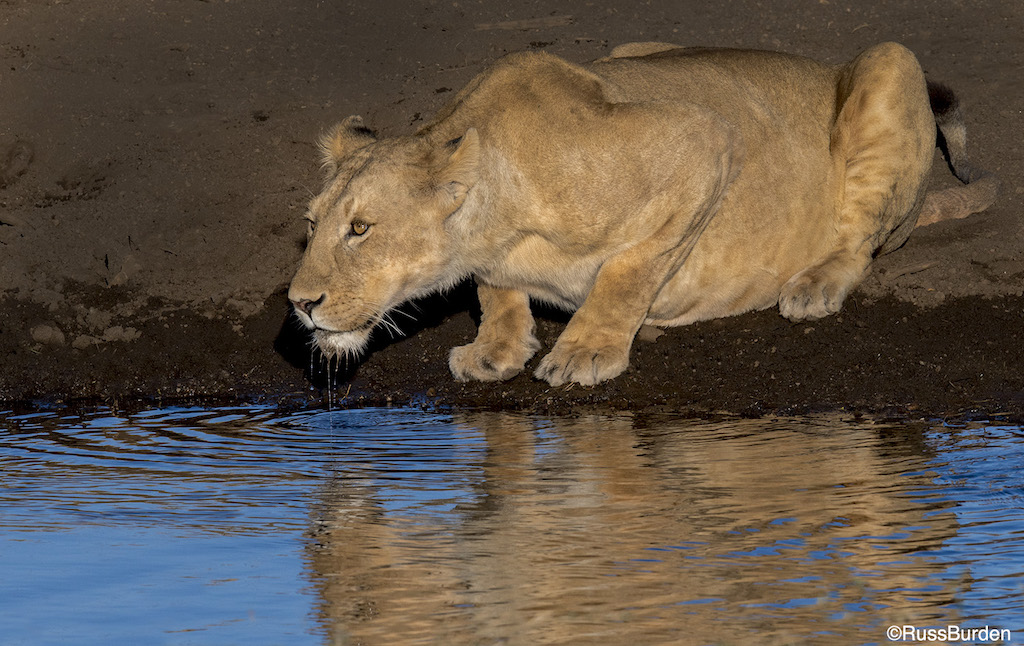
Horizontal Camera Shots
Horizontal compositions imply rest, relaxation, peacefulness and tranquility. When you go to sleep, it’s in a horizontal position. When it’s time to take a break and rest up, the animal or human often lays down on the ground, bed or sofa. The body relaxes when it’s horizontal and the heart beats faster when you stand vertically. Even when you photograph vertical subjects in a horizontal format, since it’s necessary to zoom back to include the entire subject because it’s now much smaller in the frame, it commands less attention and the implication is it loses some of its strength. There’s a lot of psychology involved in how a photo is composed. The more you become familiar with the interrelationship, the more you’ll be able to convey deeper meaning into the images you create.
Wide Camera Shots
Wide angles are used to show environmental portraits, portray the strategic use of image area if there’s a dramatic sky, incorporate the magnificent color that occurs at sunrise and sunset, and create depth in the image via the inclusion of layers in the environment. When I first got into wildlife photography, all I wanted to capture was the full-frame image of the animal. Ironically, where I went to make photos of these subjects was in national parks that held their own beauty. But I was so dialed into just the animal, I “drove a one-lane road of long lens photography and never once exited.” I finally expanded my horizons and I no longer overlook the wide shot. The next time you head into the field to make wildlife images, zoom your lens to its wide setting and make an image. Grab your wide-angle zoom and experiment with different focal lengths. It will open your eyes to a whole new world of image-making.
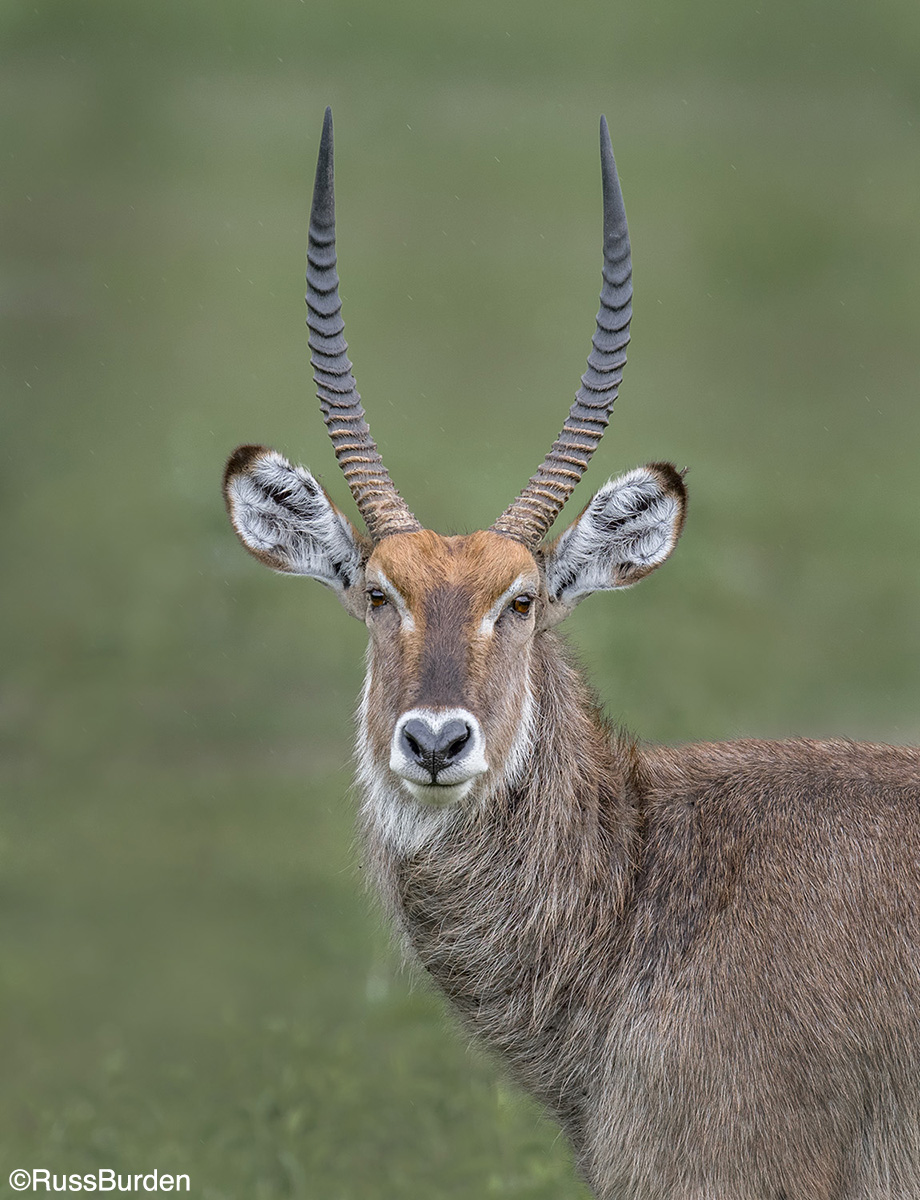
Tight Camera Shots
Many wildlife photographers consider the headshot the trophy image. To capture a frame-filling image of just the animal or, better yet, the animal’s face, is a thrill and a challenge. It shouldn’t be overlooked in your quest to make great wildlife photos. I do warn you on limiting your concentration to just the headshot. Often, body language of the entire animal adds spark and meaning and provides a story for the viewer. The full body photo is most definitely a winner. Be cognizant of the background and be patient. Wait for the subject to move to an environment where the background doesn’t reveal distractions such as out of focus highlights, branches growing out of awkward areas, dark areas where the subject merges and doesn’t let the animal stand out from the background and more.
As I stated above in the section on Horizontals, “There’s a lot of psychology involved in how a photo is composed. The more you become familiar with the interrelationship, the more you’ll be able to convey deeper meaning into the images you create.” It behooves you to adopt these principles to bring your photography to the next level.
To learn more about this subject, join me on a photo safari to Tanzania. Visit www.russburdenphotography.com to get more information.
The post Exhaust All Possibilities With These Four Camera Shots appeared first on Outdoor Photographer.











